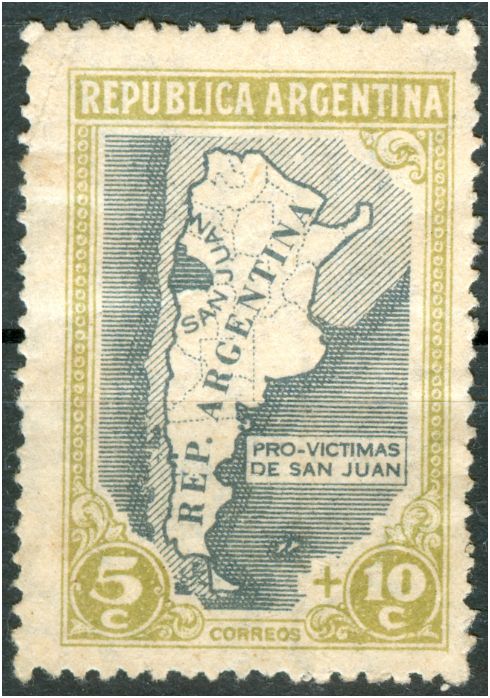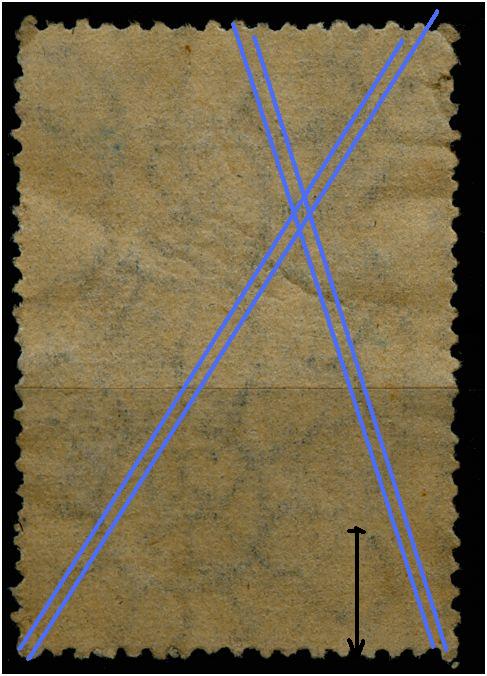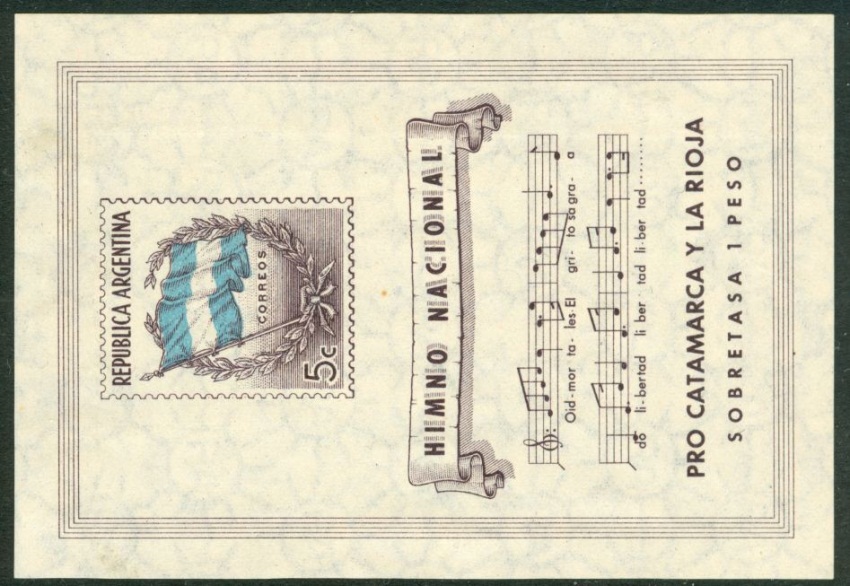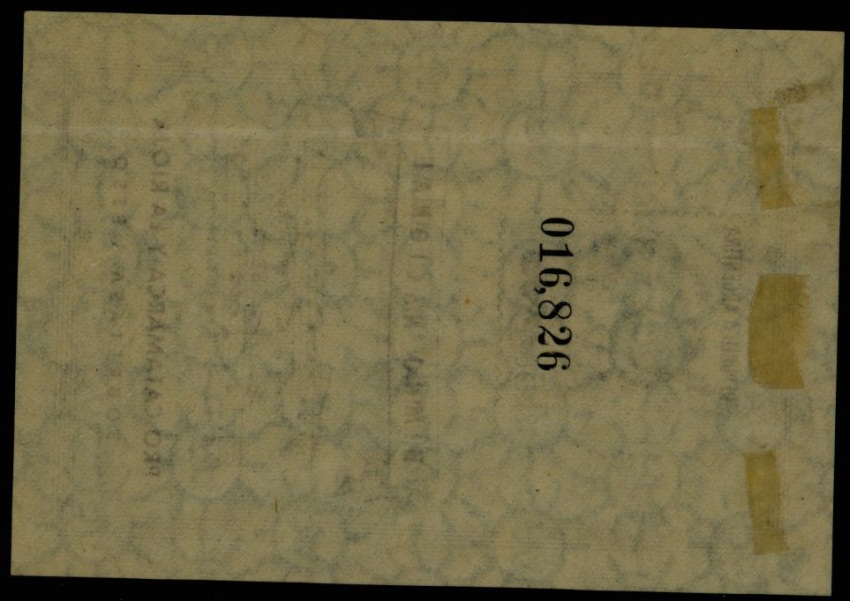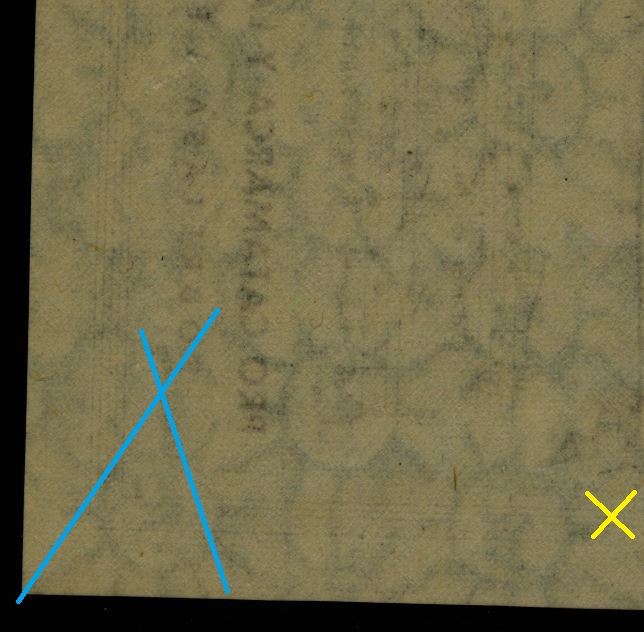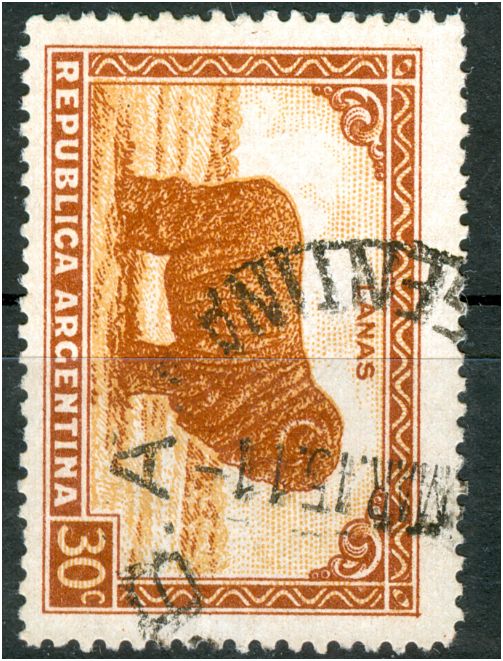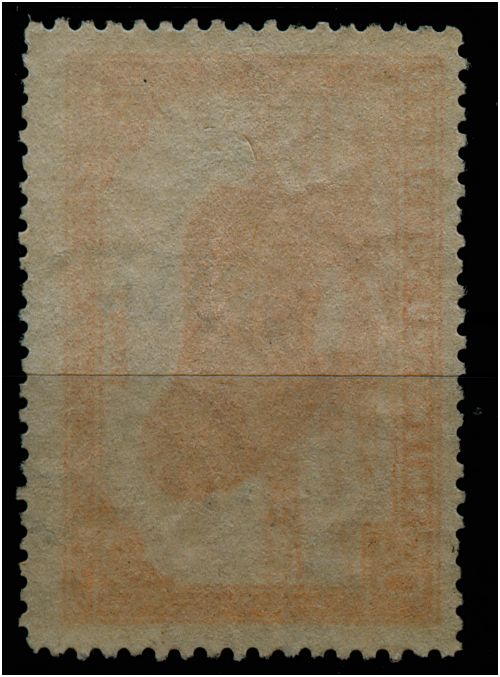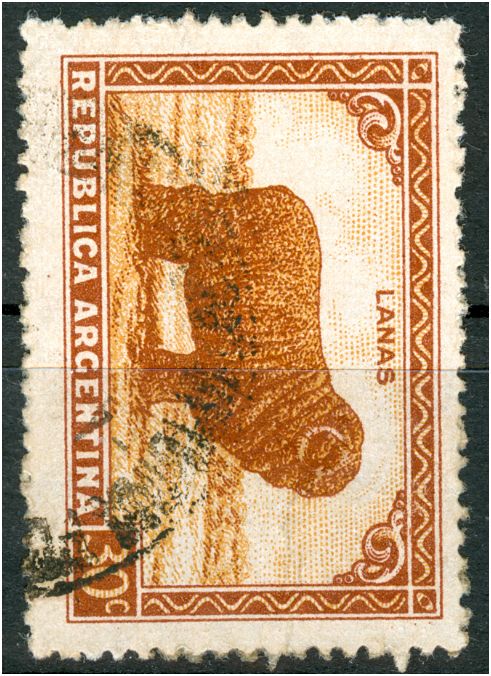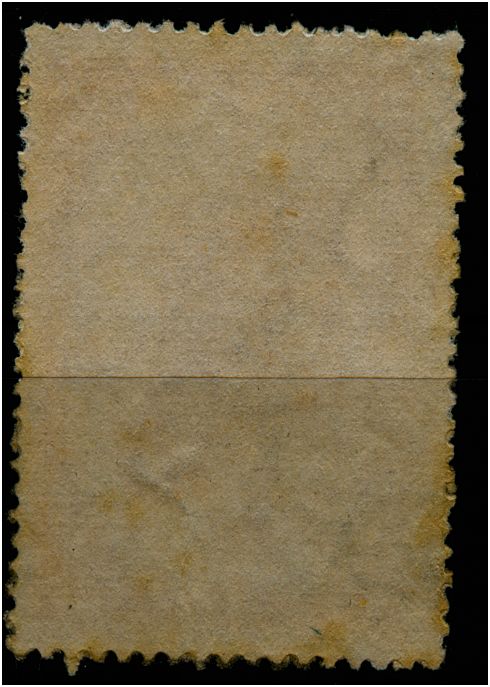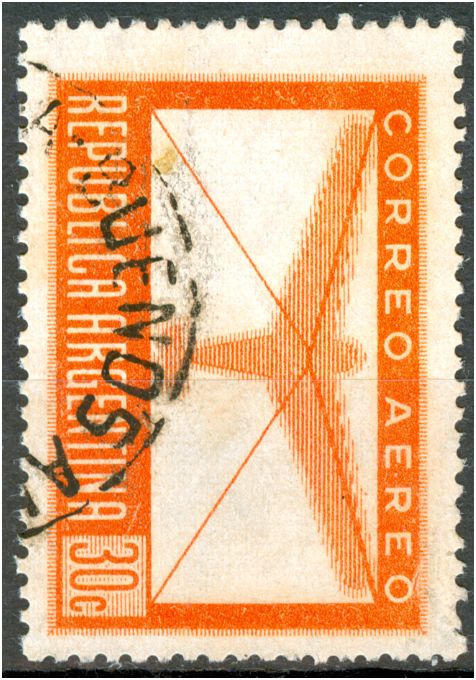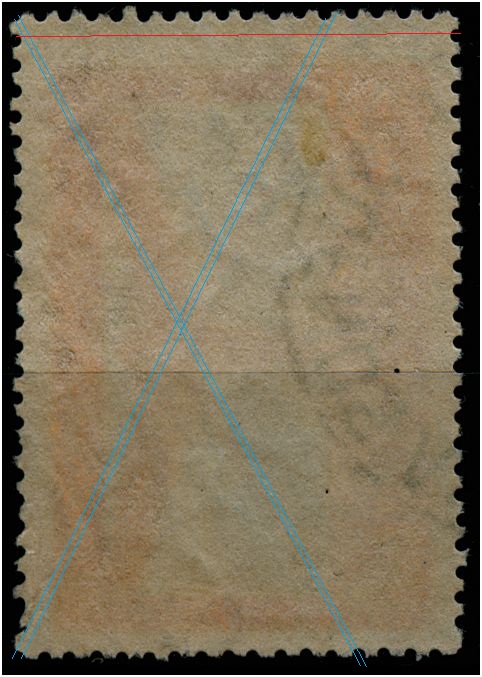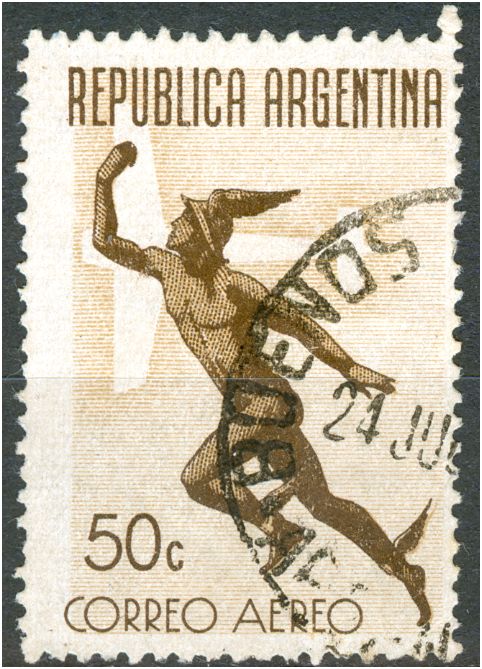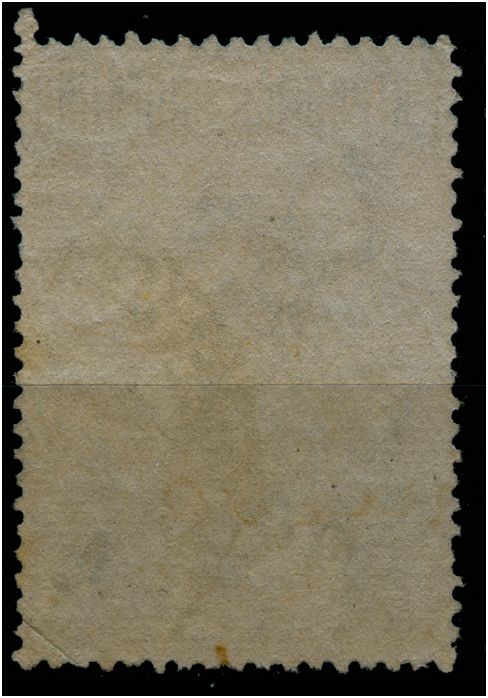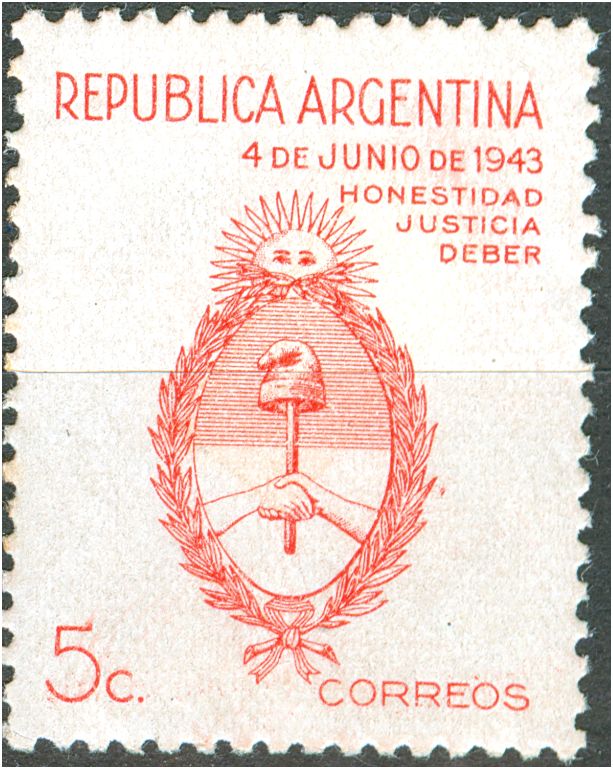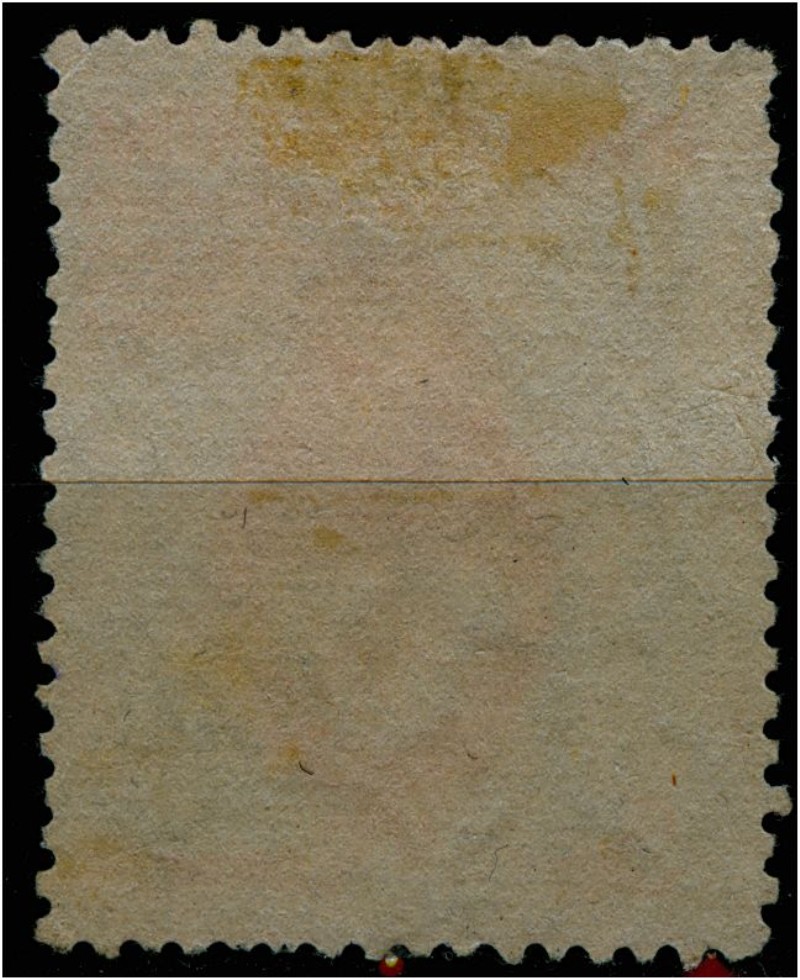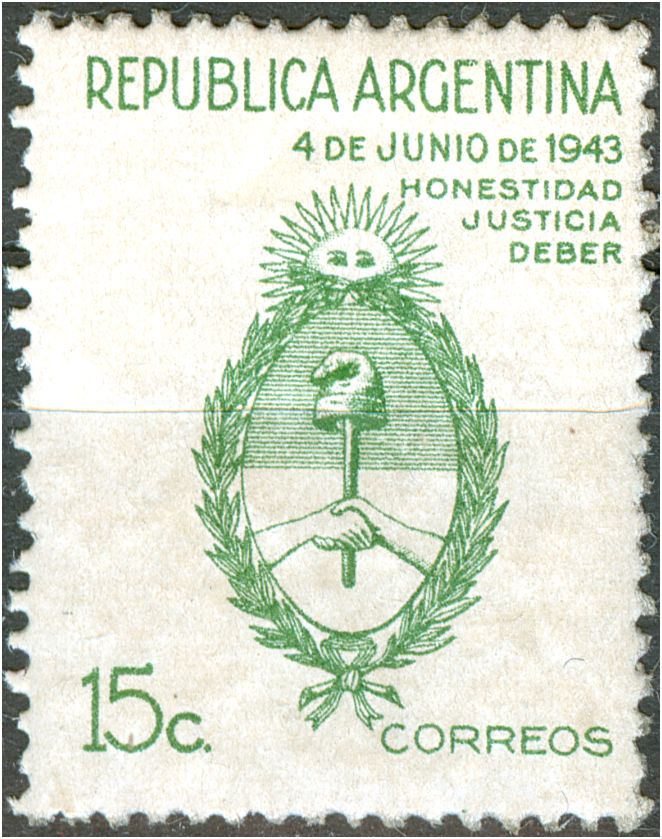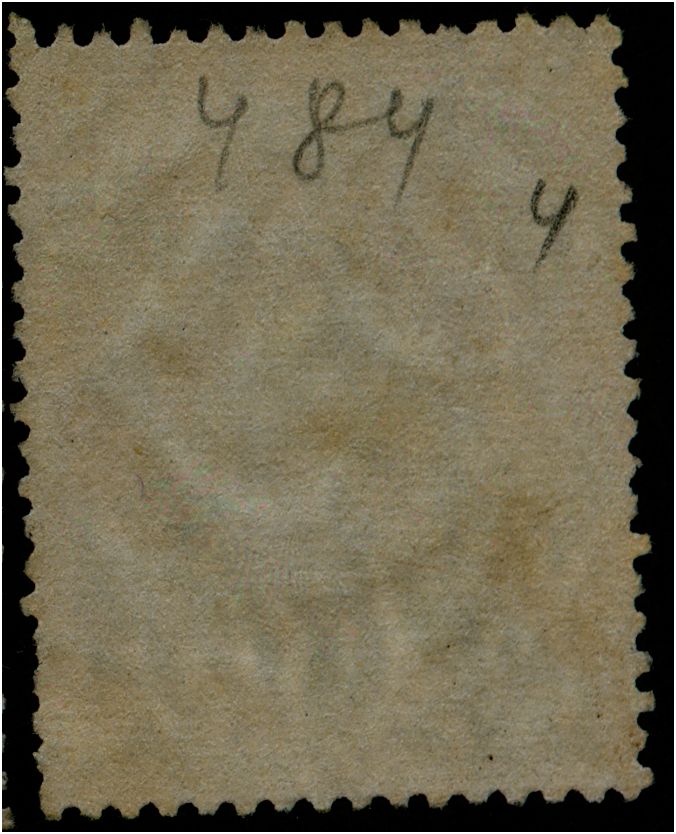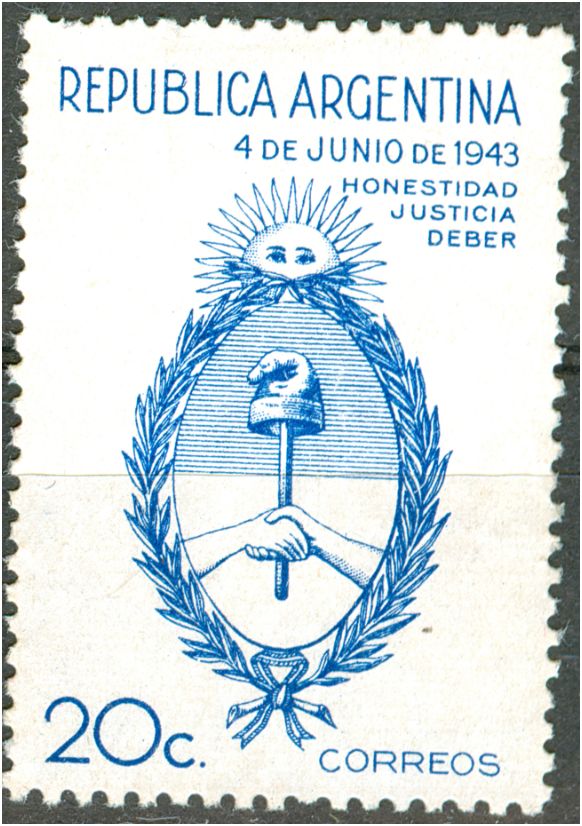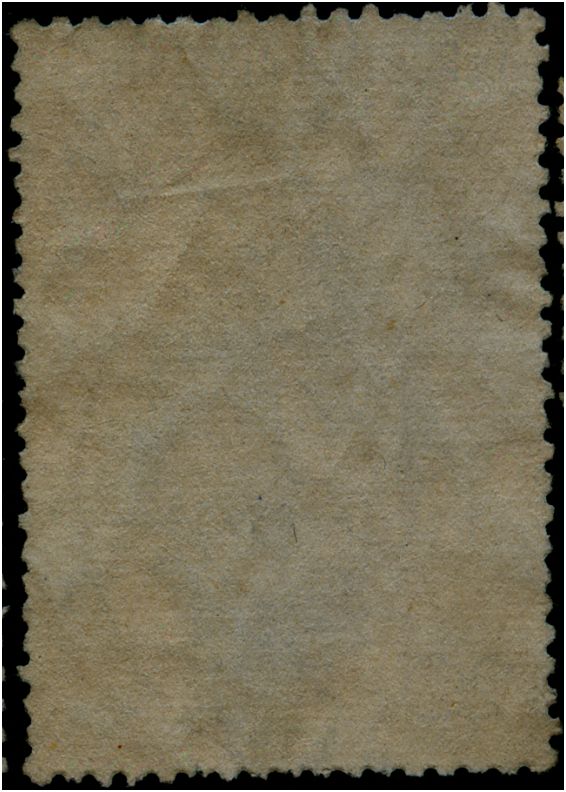J combines 3 types according to Pettigiani:
JA - the paper, problaby of Dutch origin, that is reminescent of the other two papers of alleged Dutch origin - C and D - as to the design of the watermark.
It has been used for the 1939 UPU Congress stamps a.o.
As to the P&R I stamps: NOT the 1c Sarmiento!, but for the 5c Moreno and the 10c Rivadavia!
This can only be a mistake! Not reading Leopoldo Tenorio Casal OR disagreeing with him and then coming up with good arguments! The fact the Eduardo Williams has studied thousands of stamps does not consist one. It is the quality that counts not the quantity! I have heard this reasoning being used against me several times here in the Foro!

to be continued ....

